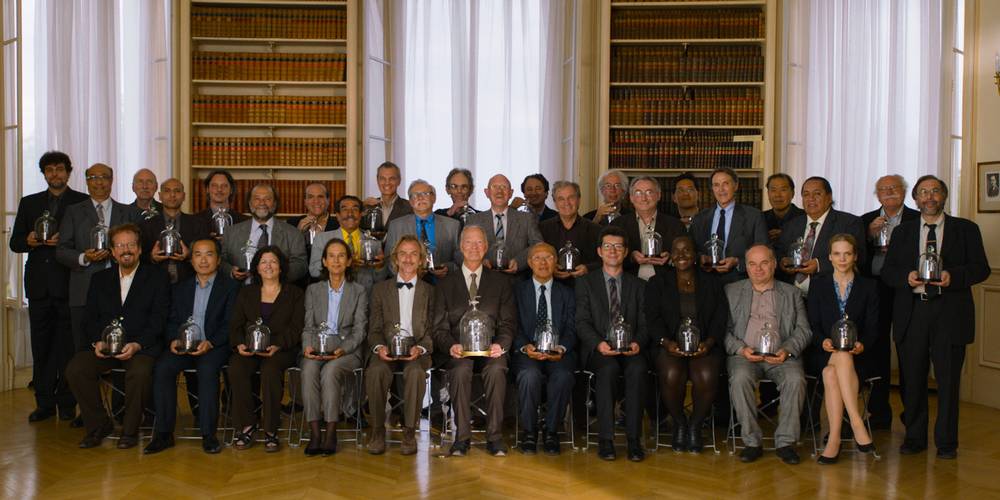Director: İmre Azem
Turkey, 88’, 2011,
color
Ecumenopolis - the name comes from a vision of the urban planner Constantinos Doxiadis: large cities continue to grow until they grow together, forming some day a globally coherent urban space. The filmmaker Imre Azem uses this metaphor of Ecumenopolis to describe the current situation in Istanbul. His film documents the social hardships and environmental problems associated with the rapid and seemingly incessant growth of Istanbul: the violent demolition of housing space against the will of the residents and the residents' relocation to the suburbs as well as the destruction of nature in and around Istanbul. The film points out not only the transformation of the city, but also the dynamics behind it: The growth of Istanbul is pushed forward with urban projects such as the planned construction of a third bridge over the Bosphorus. Despite scientific objection and residents' demanding participation in decision-making, politicians try to put through the project. The film sketches a picture of neoliberal urbanization that surpassed ecological, economic and demographic limits.
Trailer

Pera Museum, in collaboration with Istanbul Foundation for Culture and Arts (İKSV), is one of the main venues for this year’s 15th Istanbul Biennial from 16 September to 12 November 2017. Through the biennial, we will be sharing detailed information about the artists and the artworks.

In a bid to review the International System of Units (SI), the International Bureau of Weights and Measures gathered at the 26th General Conference on Weights and Measures on November 16, 2018. Sixty member states have voted for changing four out of seven basic units of measurement. The kilogram is among the modified. Before describing the key points, let us have a closer look into the kilogram and its history.

The New Year is more than just a date change on the calendar. It often marks a turning point where the weight of past experiences is felt or the uncertainty of the future is faced. This season, Pera Film highlights films that delve into themes of hope, regret, nostalgia, and new beginnings.
Tuesday - Saturday 10:00 - 19:00
Friday 10:00 - 22:00
Sunday 12:00 - 18:00
The museum is closed on Mondays.
On Wednesdays, the students can
visit the museum free of admission.
Full ticket: 300 TL
Discounted: 150 TL
Groups: 200 TL (minimum 10 people)